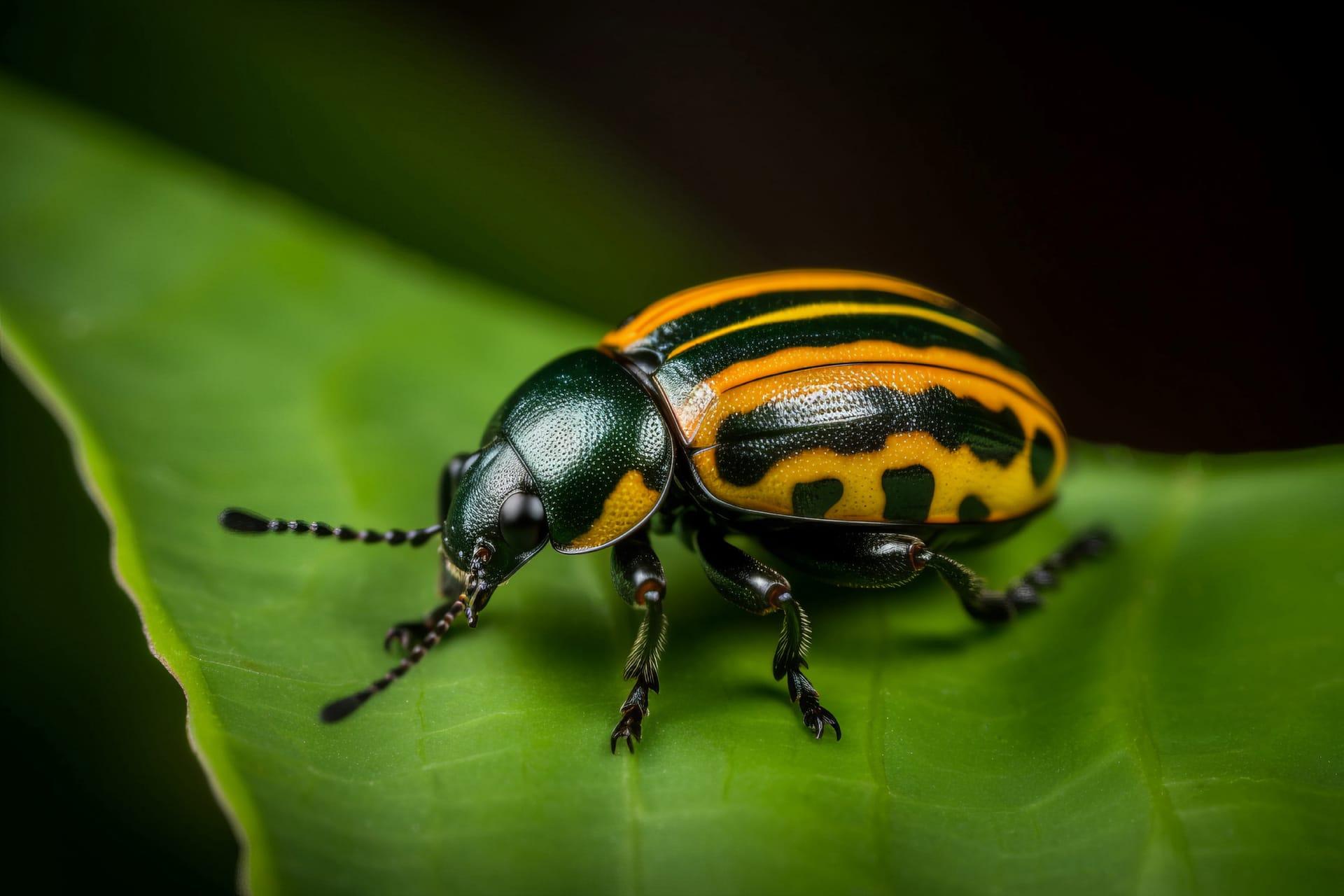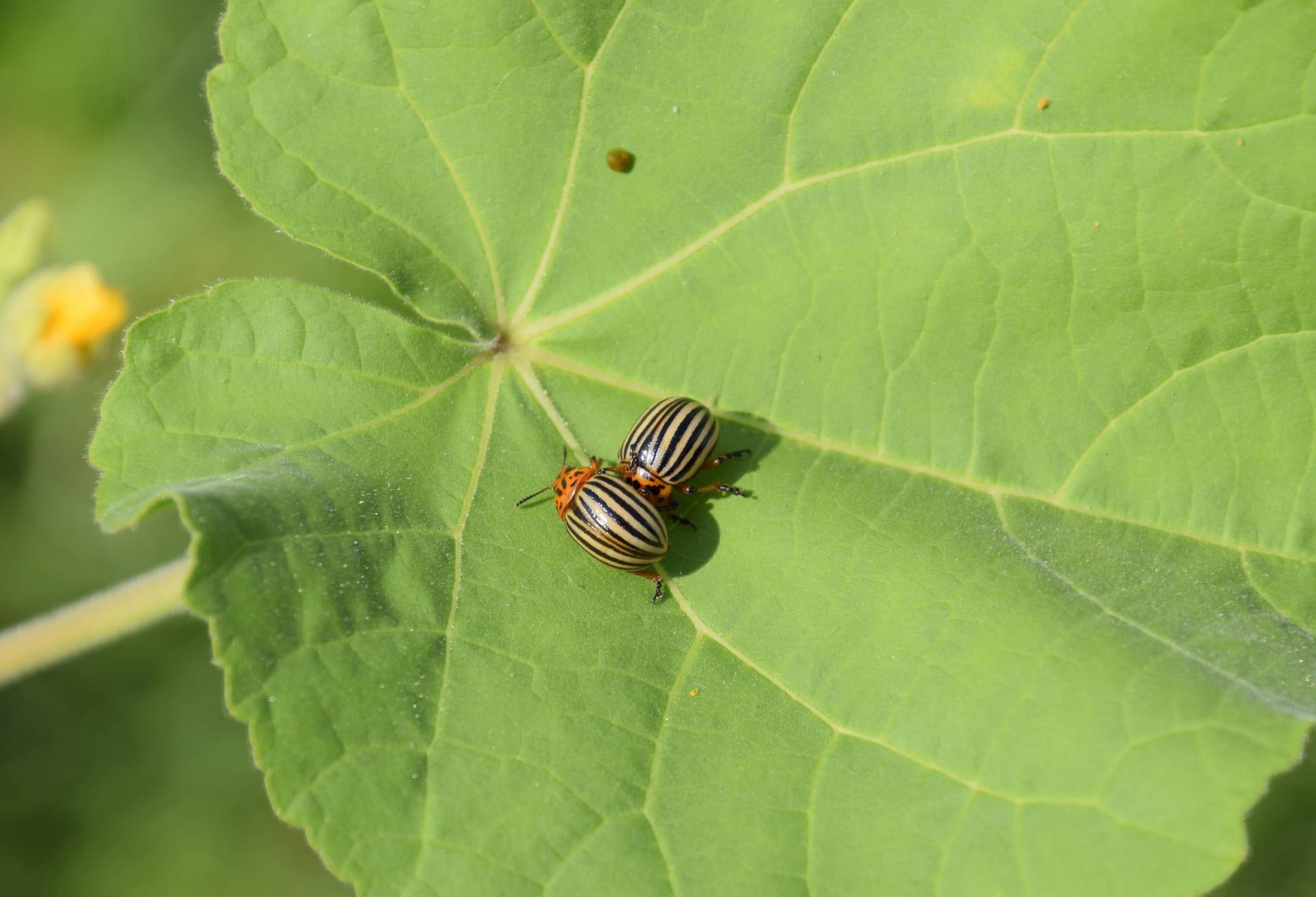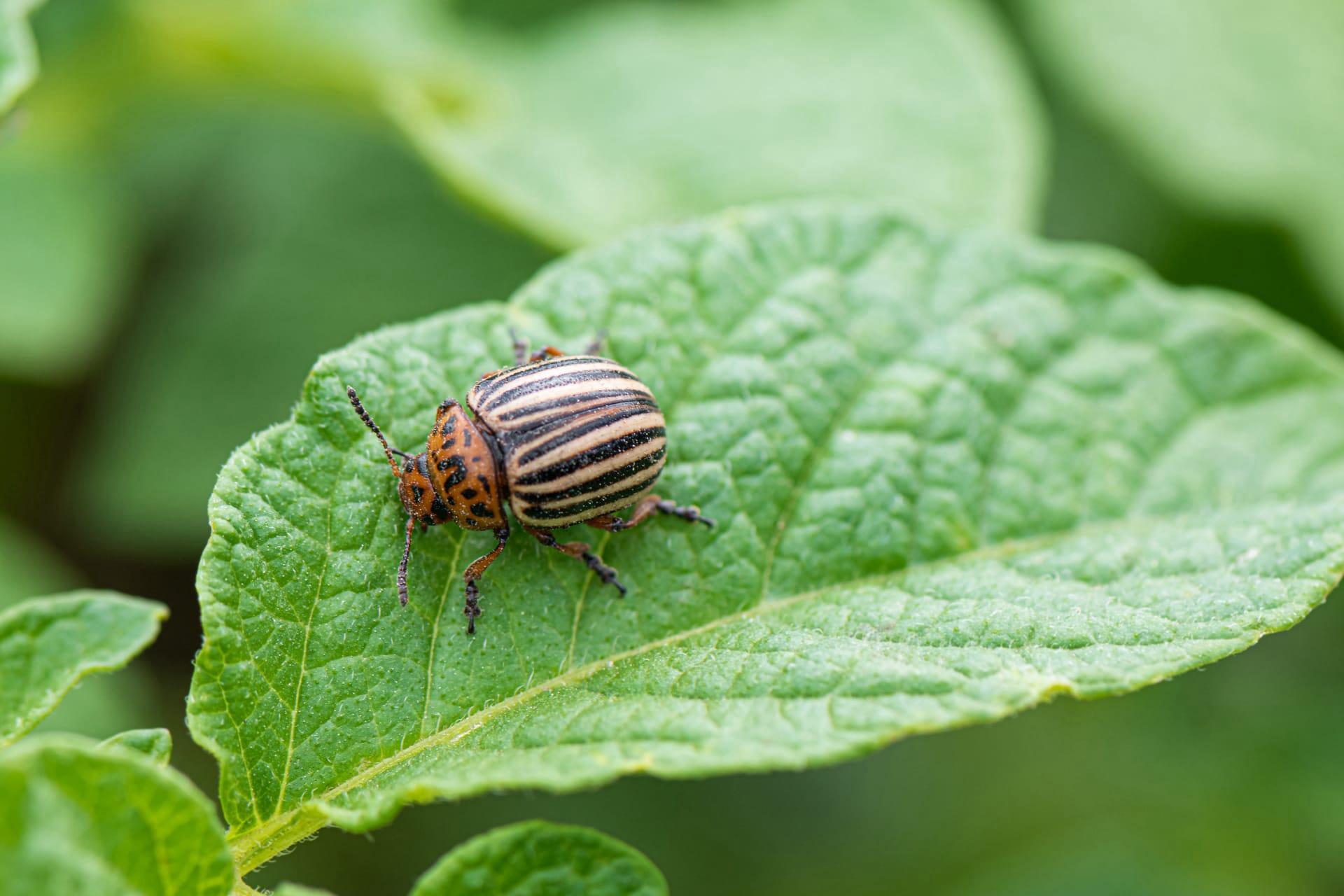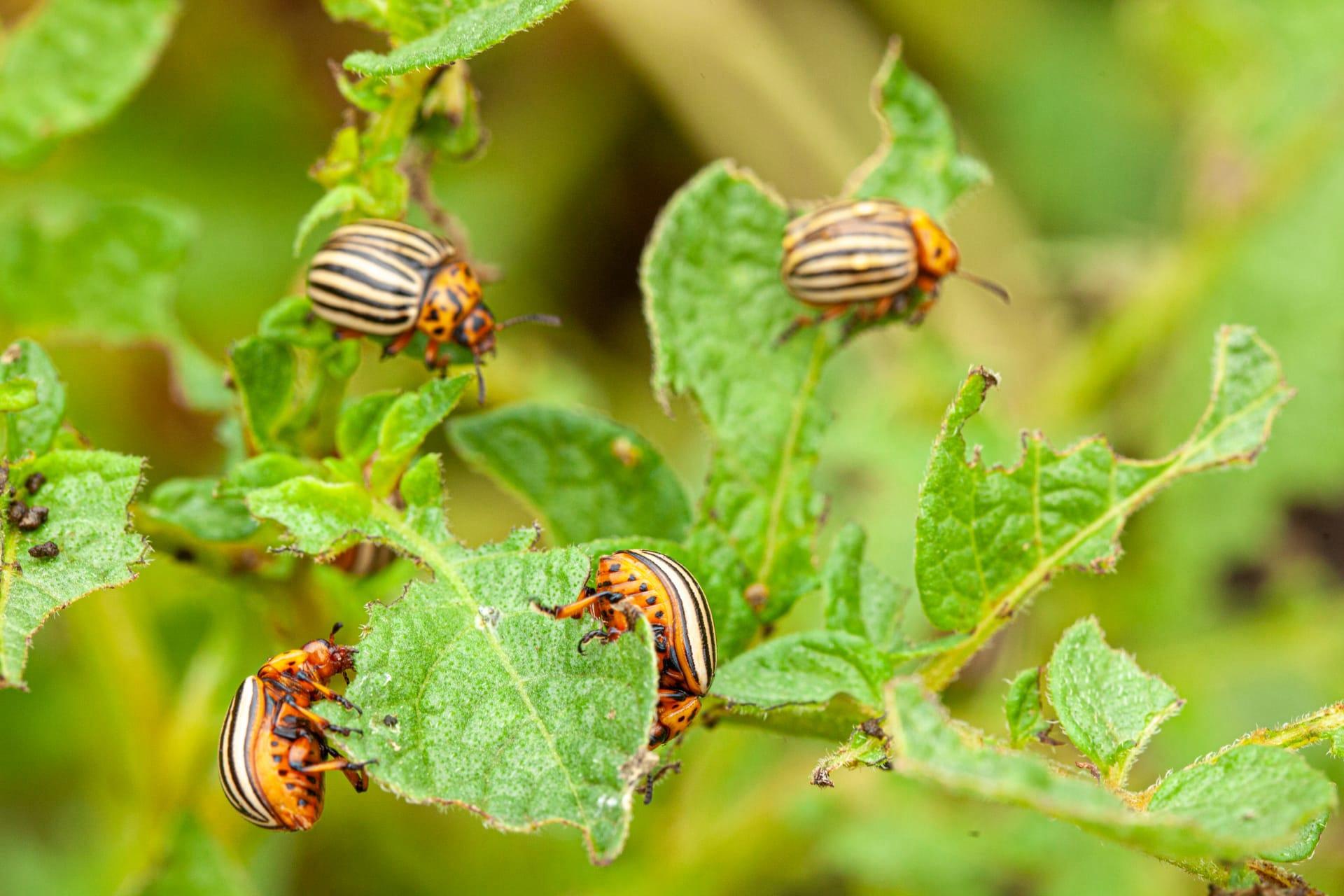Potato Bugs Trivia
- Home /
- Trivia Question /
- Animal /
- Potato Bugs Trivia
1
Question: What exactly is a Potato Bug, and how can it be identified?
Answer: The Potato Bug, also known as the Jerusalem cricket or by its scientific name Stenopelmatus fuscus, is a nocturnal insect native to the western United States and parts of Mexico. It can be identified by its distinctive appearance: a large, round head, strong mandibles, and a striped abdomen. These bugs typically grow to about 2-3 inches in length. Unlike true crickets, they don’t chirp and have a more robust body.
Question: What do Potato Bugs eat, and how does this affect gardens and crops?
Answer: Contrary to popular belief, Potato Bugs are not pests to potato crops. They primarily feed on dead organic material and small insects. In gardens, they might occasionally nibble on soft roots and tubers, but they rarely cause significant damage to healthy plants. Their presence is often wrongly associated with crop damage, but they're generally harmless to most garden vegetation.

2
Question: Is it true that Potato Bugs bite humans, and are these bites dangerous?
Answer: While Potato Bugs have the ability to bite, they generally do so only when provoked or handled. Their bite can be painful due to their strong mandibles, but it is not venomous or dangerous to humans. It's best to avoid handling these insects, as their primary defense mechanism is to bite when they feel threatened.
Question: Are Potato Bugs poisonous or harmful to pets?
Answer: Potato Bugs are not poisonous and pose no toxic threat to humans or pets. However, like any wild insect, they can carry bacteria and parasites, so it’s advisable to keep pets from ingesting them. While their appearance might be alarming, they are essentially harmless to both humans and animals.

3
Question: How do Potato Bugs reproduce, and what is unique about their life cycle?
Answer: Potato Bugs have a fascinating reproductive process. The female lays eggs in moist soil, which hatch into nymphs resembling miniature adults. These nymphs undergo several molts before reaching maturity. Interestingly, Potato Bugs exhibit a form of parental care, with the female guarding the eggs until they hatch – a rare behavior among insects.
Question: What role do Potato Bugs play in the ecosystem, and why are they important?
Answer: Potato Bugs play a crucial role in the ecosystem as decomposers. They help break down dead plant material and return nutrients to the soil, which is vital for plant growth. Additionally, they serve as a food source for various predators, thus contributing to the biodiversity and balance of their native habitats.

4
Question: Where do Potato Bugs typically live, and what are their habitat preferences?
Answer: Potato Bugs are commonly found in moist, cool environments. They prefer habitats with abundant organic matter, such as under rocks, logs, and in leaf litter. These bugs are primarily nocturnal and spend most of the day hidden in these cool, damp places, emerging at night to feed and mate.
Question: Can Potato Bugs fly, and how do they move around?
Answer: Despite having wings beneath their wing covers, Potato Bugs are not capable of flight. Their primary mode of movement is walking, and they can move surprisingly fast when disturbed. They use their strong legs to burrow into the soil and navigate through their environment, which is essential for finding food and escaping predators.

5
Question: Do Potato Bugs make any sounds, and how do they communicate?
Answer: Potato Bugs are known to produce a hissing noise, which is unique among insects. They create this sound by rubbing their hind legs against the abdomen or thorax, a behavior known as stridulation. This hissing is typically used as a defense mechanism to deter predators and is not a form of communication like the chirping of true crickets.
Question: What are the common predators of Potato Bugs, and how do they protect themselves?
Answer: Common predators of Potato Bugs include birds, rodents, and larger insects. To protect themselves, these bugs rely on their cryptic coloration to blend into their surroundings. When threatened, they may adopt a defensive posture, exposing their large mandibles, or produce their characteristic hissing sound to scare off potential threats. Their ability to burrow quickly into the ground also serves as an effective escape strategy.